Having the roof replaced typically has positive outcomes. However, to best enjoy your new roof it might help to know what to look for to ensure the best result. Since we want to help you, we researched the answer for you.
The things you should look for after a roof replacement are:
- Inconsistent roof appearance
- Broken or missing shingles
- The roofing materials were not properly installed
- If the materials used are not uniform
- Improper nailing methods and wrong nail types and sizes
- Hardware inaccuracies
- There are missing drip edge
- Lacking roof underlayment
The things we mentioned above are so crucial that you should not ignore them. If you want to ensure that the roofers installed your new roof correctly and durably, it would be best to perform an inspection. Also, we suggest you keep reading to help you avoid hiring the wrong roofing contractor.
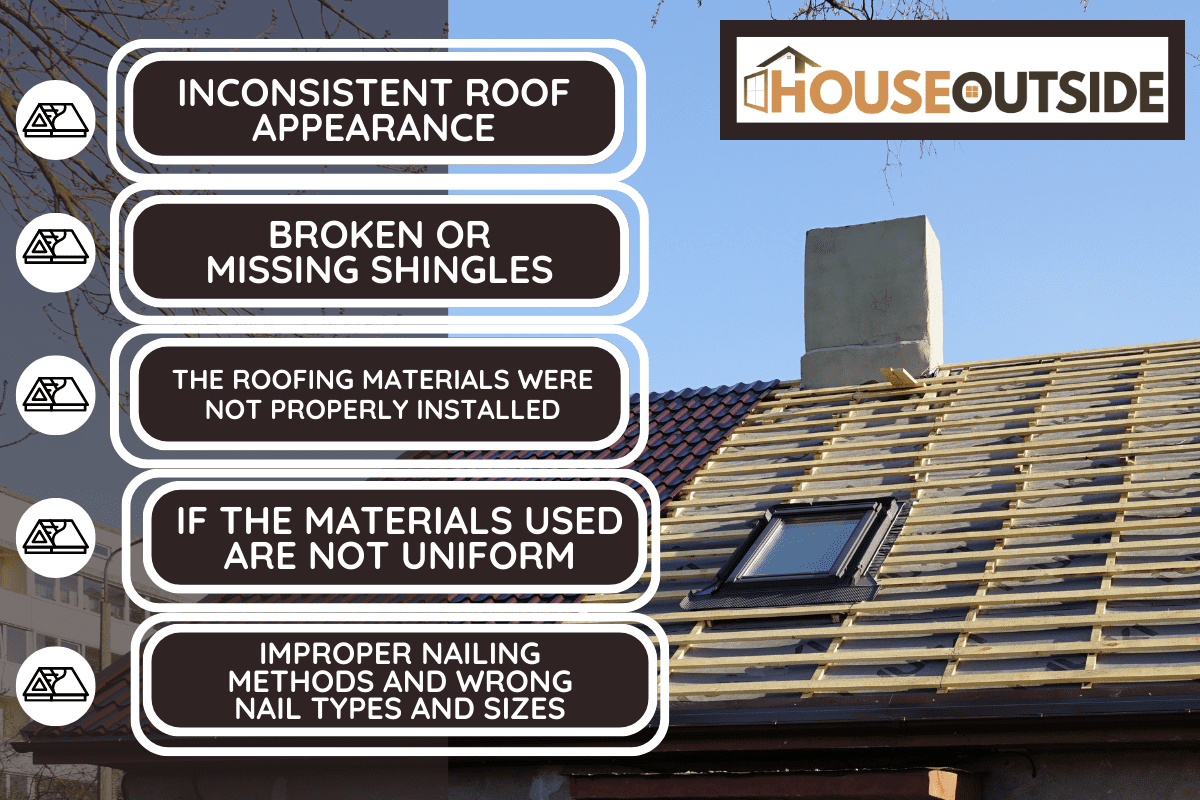
How To Spot A Poor Roofing Job And How To Prevent It
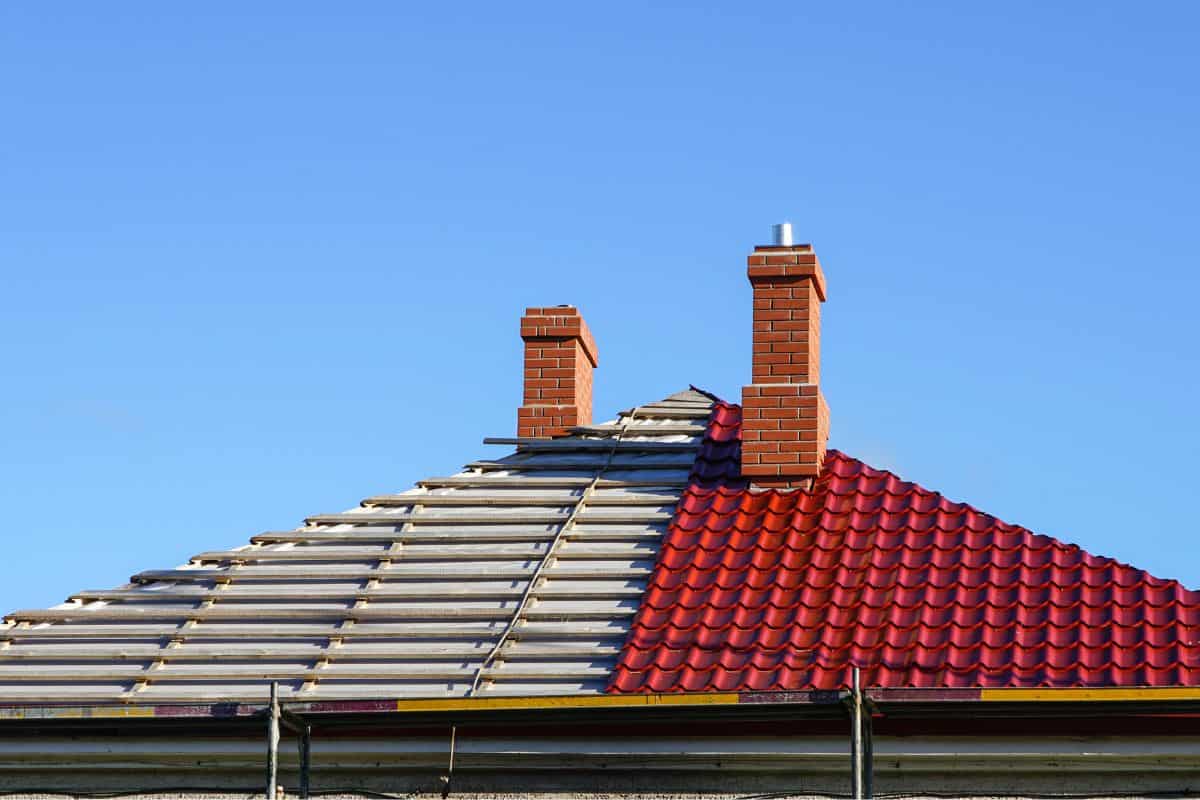
A new roof is one of the most lengthy and expensive home improvement tasks. When it comes to roofs, you can generally expect them to survive for at least two decades.
However, we all know that not all roofers can perform satisfactorily installing roofs. If this happens, your roof will fail to meet its stated performance specifications.
Visual Inspection
A short ground inspection should identify any problems with uniformity. You'll know this is the issue if you find some roof areas that age differently than others. Likewise, check for damaged or lost shingles in certain sections. Stains are often a sign of a leak, which you can quickly see if the problem is remote.
Structural Inspection
Inspecting the roof's structure is more complex than looking at the exposed surfaces for potential faults. The structural components you should check are the following:
- Roof decking
- Flashing
- Underlayment
- Drip edges
Additionally, structural flaws cause untimely leaking and other concerns. So, as much as possible, perform a comprehensive inspection.
Can You Reuse Old Flashing Materials?
If you notice that thin strip of sheet material on your roof, that is the flashing. The use of this material is to prevent water from seeping into your house at different angles.
If your old roof didn't show signs of leaking, remember that that doesn't mean you should not change your old flashing to a new one. Replacing outdated flashing is the only approach to avoid roof leaking.
Do Roof Stains Indicate A Leak?
The presence of dark-colored stains indicates that there is a leak. If the leaking is bad enough, it will appear on the surface of your attic. So, it would be best to inspect it.
In most cases, you can fix an isolated leak. However, if you notice too many of them, it might be because there is a more comprehensive problem occurring.
What Are The Indicators Of Poor Roofing Replacement
Identifying some bad installations in your roof replacement falls into two categories. Check the details below!

1. Overall Appearance
From the ground, you can effortlessly tell if the build of the roof is poor for its required appearance specifications. What's not great about this issue is that the signs won't immediately appear.
You'll know your roof has poor building and installation once the problems start to stand out in the most obvious ways after a few years.
There Are Broken Or Lost Shingles
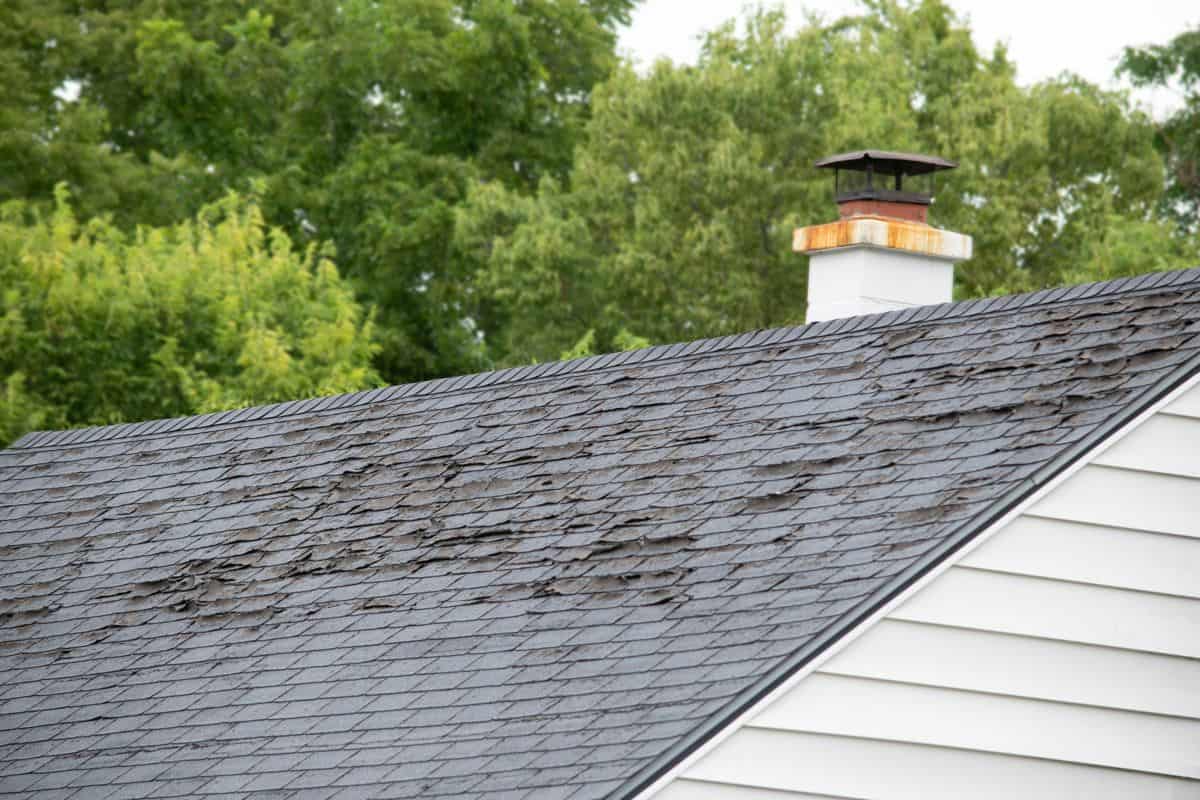
Eroding, broken, or missing shingles are common motives for deciding to change a roof. Having such problems with a new roof is an indication that the roofer did not install it correctly.
Remember that a roof replacement requires new materials. You should not allow the contractors to repurpose and recycle those old materials.
Inconsistent Or Rapid Aging Of Materials
Once you notice that one side of the roof is not uniform with the other, this alone will tell you that the roofer didn't install them accurately.
Your roofing contractors may have used inferior materials or mismatched shingles, resulting in substandard work. And their main reason for doing such a thing is to save time and money.
For a uniform appearance, here are some factors to look out for:
- Drooping of the eaves may be apparent. Rooflines should always be straight, so noticing them is easy. You'll know that there is an issue with the roof if you observe a curve or a dip.
- Your roofer may have run out of the material you requested if you notice some materials that are not the same. Quality roofing contractors don't cut corners when it comes to materials, and they'll order just what they need to get the job done on time and within budget.
- Roofers typically utilize whatever they hold on hand rather than requesting additional shingles if they run out of your desired color. You'll know they did this if you notice some shingles that are not uniform in color.
The Materials Used Are All Different From Each Other
You'll know that the roofer installed your roof correctly when the wearing appearance of the materials are all the same. If not, then check if the shingles are all different colors, the drip edges are missing, and the vents are repurposed. You'll catch problems early on if you perform visual checks regularly.
2. The Roof Replacement Has Structural Issues
Just like the physical appearance of the roof, there is also a variety of circumstances that affect its integrity. Your hired roofing contractor should use the right materials to avoid premature aging roof that leads to early leaks.
Incorrectly built roofs commonly lead to the following structural issues:
Does My Roof Need A Drip Edge?
Your gutters, which convey rainwater away from your home, depend on drip edges. Drip edges are one of those important parts of your roof because they keep water flowing in the appropriate direction.
Galvanized steel drip edges are inserted at the roof's outer edges above the underlayment but beneath the shingles.
The drip edge will prevent water from accumulating under your roof in the event of severe winds. Mold and rot can form on your roof decking or inside your home if there is a missing drip edge.
In addition to its possible outcomes, it might incur soil erosion around the foundation of your house, staining, and a flooded basement. So, it would be best to ensure that your roof's drip edges are complete.
Improper Nailing Methods: Wrong Nail Types and Sizes
The most crucial part of roof replacement is choosing the suitable materials, including the right nail size, types, and methods. And selecting the nails will depend on the overall materials you will use.
Moreover, when it comes to the method, you must ensure to drive the nails into the material properly. Improperly driven nails will increase the possibility of roof leaks and missing shingles.
Lacking Underlayment
Underlayment has a critical role in your roofing system. The absence of underlayment to your roofing system may cause hurried roof aging and early leaking.
There are instances where a missing roof underlayment shows a ten-year-old roof to be five times older than it is.
Wrong Hardware
Several components and materials complete a roof replacement, and they are:
- Roof flashing
- Vents
- Nails
- Underlayment
- Roof decking
- Drip edges
A uniform and leak-proof roof requires all of the components to work together. In addition, and as mentioned above, various hardware necessitates using different kinds of nails.
When roofers make a hardware error, it's a solid sign that they're not doing their job according to best practices. Also, this indicates that they didn't follow the needed material specifications.
Hire Reputable Roofing Contractors
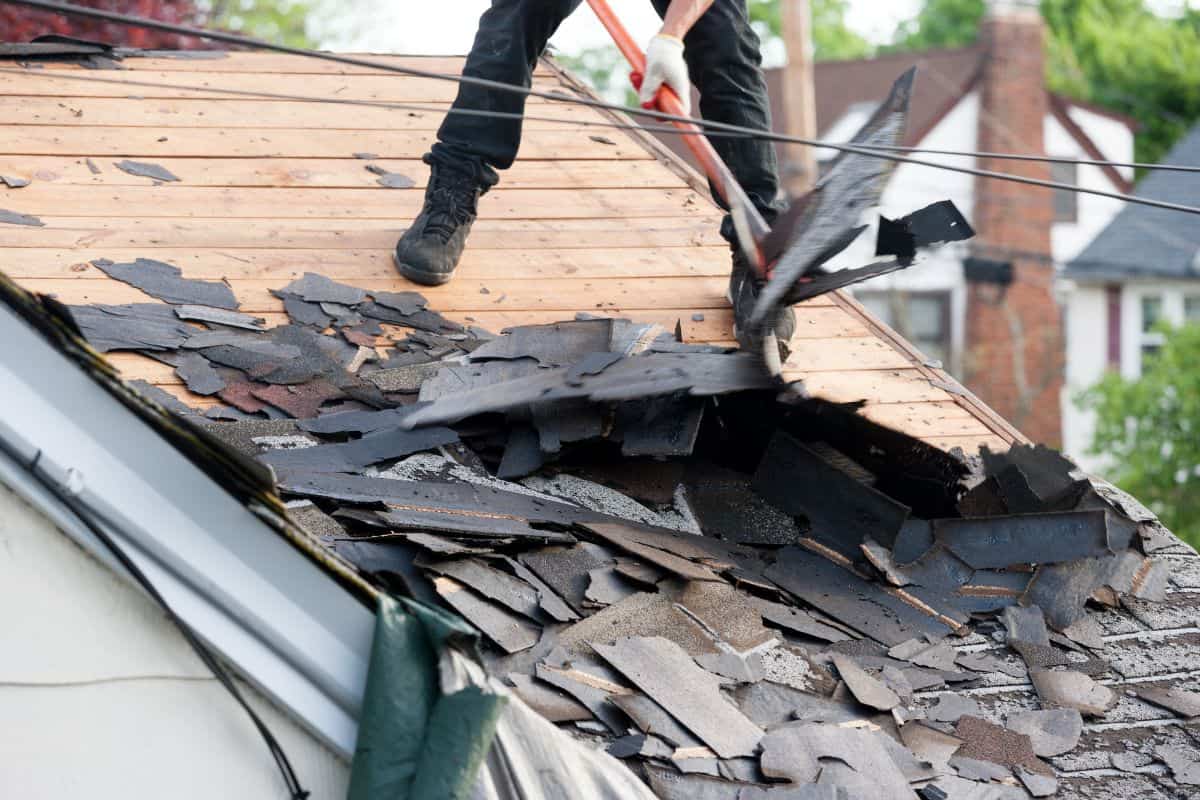
The contractor can replace your roof in a variety of ways. Many will perform a good job, but some will skimp on quality. Choosing a contractor who will do an excellent job for your roof replacement is critical.
Obtaining a permit or registering in the Department of Professional Regulation is a requirement for roofers. And this is the very first thing you should check. Additionally, you'll want to ensure:
- You want your contractor to have extensive knowledge of a wide range of roofing materials.
- Both bad and good reputations are built over time. Make sure to find out what previous customers have to say about the contractor you're considering hiring.
- To be safe, verify that your contractor is covered by insurance that includes both property damage and general business liability, as well as a specified coverage maximum.
- One factor you should always consider when looking for a roofing contractor is if they are a good communicator who will routinely update you on the project's progress.
Wrapping Everything Up
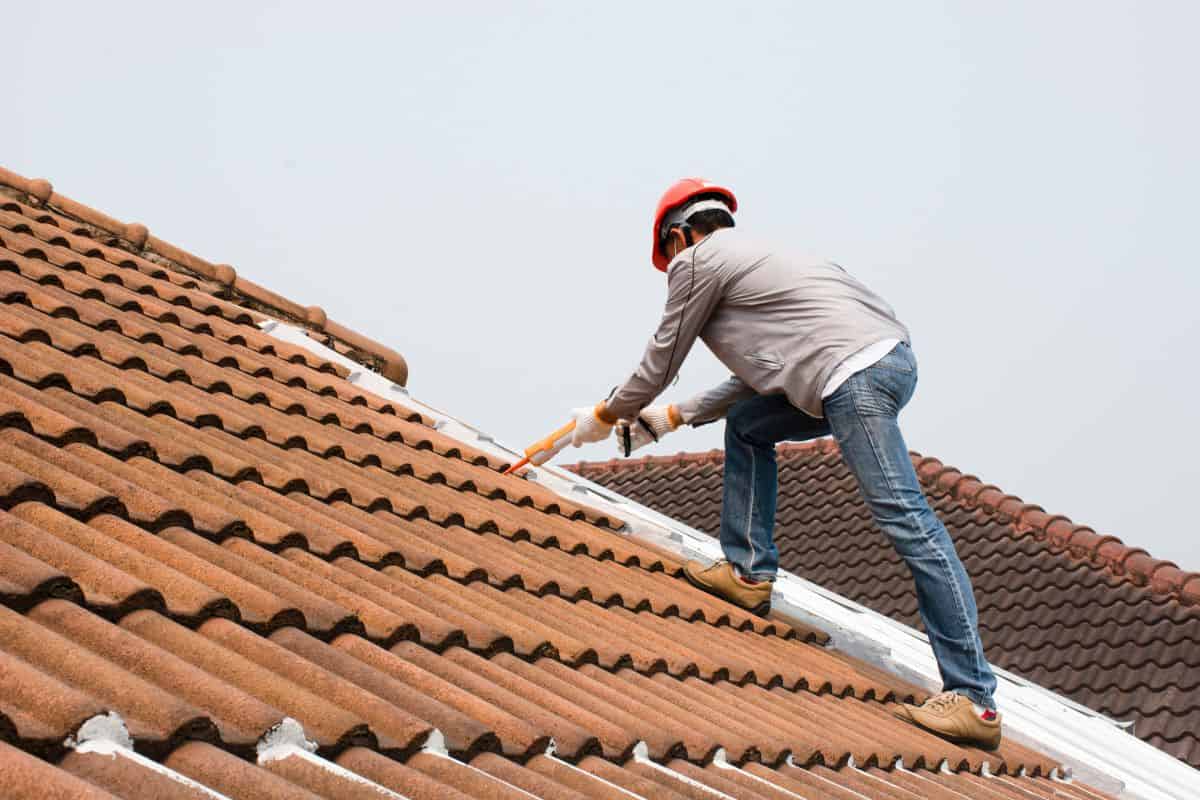
Inspecting your new roof is the most critical part of a roof replacement. You want to ensure everything is in place and excellent, so it would be best never to skip this part.
We're glad you finished this post, and we hope this helped you with your concerns. If you want to continue reading, you can check these related articles below:
What Is Included In Roof Replacement?



